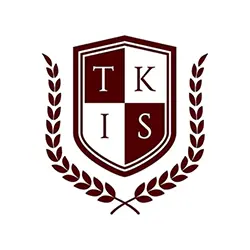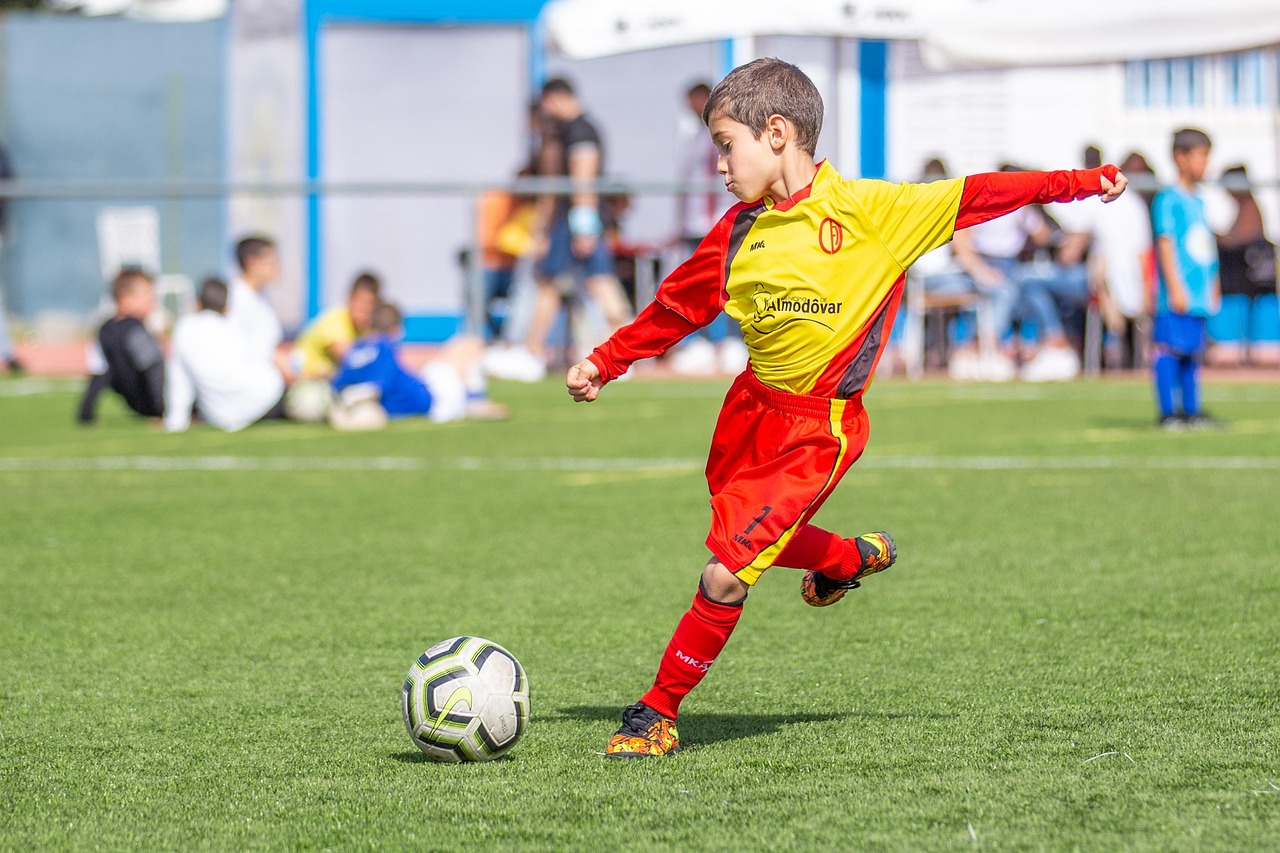Morning activities in Key Stage 2 (KS2) help students focus, energize, and prepare for a productive school day. At Thomas Keith Online Independent School, we structure these activities to support learning and encourage positive engagement.
Key Morning Activities
- Warm-Up ExercisesShort physical activities, such as stretching or light aerobics, help boost energy and concentration. These exercises are simple and require minimal space, making them ideal for online or classroom settings.
- Mindfulness PracticesActivities like deep breathing or guided meditation create a calm atmosphere. These practices reduce stress and prepare students for academic tasks.
- Quick Academic Tasks
- Math Challenges: Solving puzzles or simple equations sharpens thinking.
- Word Games: Activities like word searches or crosswords enhance vocabulary.
These tasks are time-bound to keep students focused.
- Creative ActivitiesArt-based exercises, such as drawing or quick creative writing prompts, stimulate imagination. Students share their ideas, fostering a sense of community.
- Daily PlanningReviewing the schedule helps students understand the day’s objectives. Teachers set clear goals, helping students feel prepared.
Example at Thomas Keith Online Independent School
At Thomas Keith, students begin with a 5-minute exercise session followed by mindfulness activities. Teachers then guide students through a 10-minute math or word game. This structure ensures a balanced mix of physical, mental, and creative activities, setting a positive tone for the day.
Morning routines like these enhance focus, encourage participation, and help students develop essential skills. By starting the day with structured activities, students feel motivated and ready to learn.
KS2 Morning Activities
- Interactive DiscussionsStarting the day with short, interactive discussions allows students to express their thoughts and opinions. Teachers ask simple questions related to the day’s topic or current events, which helps students feel engaged and promotes critical thinking.
- Goal SettingStudents are encouraged to set small, achievable goals for the day. This practice builds a sense of responsibility and helps them stay organized throughout their lessons. Teachers often ask students to reflect on what they hope to achieve by the end of the day.
- Peer CollaborationBrief group activities, where students collaborate with peers on simple tasks or discussions, help foster teamwork. Even in an online setting, these activities can be conducted through breakout rooms or group chats. This encourages social interaction and builds communication skills.
Example at Thomas Keith Online Independent School
At Thomas Keith, the teacher leads a short group discussion after the morning exercise and mindfulness activities. Students share their goals for the day, and the teacher ensures that everyone is clear on the day’s schedule. A quick, interactive quiz or game may follow, where students can participate in real-time through online platforms.
By including these activities, KS2 students at Thomas Keith Online Independent School stay engaged, energized, and ready to dive into their lessons. The structure of these morning activities not only helps to develop academic skills but also promotes mental well-being and a sense of community among students.

FAQs
- Why are morning activities important for KS2 students?Morning activities help students focus, improve their mental alertness, and boost their energy for the day ahead. They promote a positive mindset, reduce stress, and enhance academic performance by preparing students physically and mentally for learning.
- Can these morning activities be adapted for online learning?Yes, many of these activities can be easily adapted for online learning. For example, physical exercises can be done in small spaces, mindfulness practices can be guided through video, and group discussions or games can be held in virtual breakout rooms.
- How long should each morning activity last?Each activity should last no longer than 10-15 minutes to maintain student focus and engagement. The entire morning routine can typically be completed in 30-45 minutes, leaving plenty of time for lessons.
- How do these activities benefit students’ social skills?Activities like group discussions and peer collaboration help students build communication and teamwork skills. These interactions foster a sense of community and allow students to practice expressing their thoughts and working with others.
- Can morning activities be modified for students with special needs?Yes, morning activities can be modified to accommodate students with different learning needs. For instance, instructions can be simplified, more time can be given for tasks, or alternative methods of participation can be offered (such as verbal instead of written responses).
Conclusion
KS2 morning activities play a vital role in preparing students for a successful school day. By integrating physical, mental, and social elements into the morning routine, students at Thomas Keith Online Independent School—and other institutions—start their day energized, focused, and confident. These activities not only reinforce learning but also support well-being, promote positive habits, and foster a sense of community among students. Through structured routines, students are encouraged to engage actively, set personal goals, and build essential skills for both academic success and personal growth. Whether in a traditional classroom or an online setting, these morning activities provide a strong foundation for a productive and positive day of learning.




